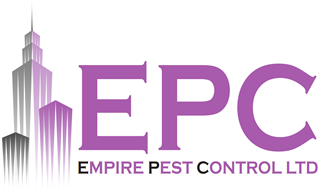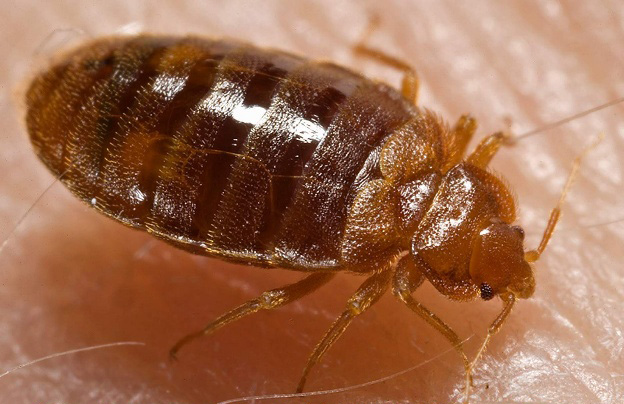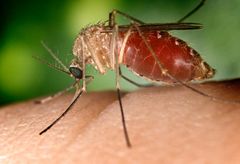ORDER: Siphonaptera
FAMILY: Pulicidae
There are six species of flea in central europe. However, in the UK the cat flea (ctenocephalides felis) and dog flea (ctenocephalides canis) are the most commonly encountered. They all have the same characteristics and all cause extreme discomfort from their bites and rely on a host to survive. Treatments are essential to both premises and host (eg: cats, dogs) to reduce risk of any re-infestation.
Size, Shape and Colour: Glossy dark brown or black, measuring 2-2.5mm (male) or 2.5-3.5mm (female), with a hairless body, without combs on its head and thorax. The head bulges from the front, and in front of the two antennae there are two bristles. Eggs are 0.5mm, long and oval, pearly white in colour.
Biology: The development and number of flea generations depend on climate and place. The female can lay a total of 1000 eggs in a lifetime, up to 8 eggs are laid after a blood meal, if this happens on the host the eggs fall to the ground. From beginning to end development takes, on an average 4-5 weeks in the summer and 6-7 in the winter. An adult flea has a life span of 3-4 months, but if starved it can survive for up to one and a half years. These development stages of the flea are in the image above.
Preferred Foods: They live off organic substances.
Habitat: Adult fleas will live on domestic or wild animals (host). In dwellings larvae develop in cracks between the floorboards, in beds, under furniture etc, and in pet bedding.





